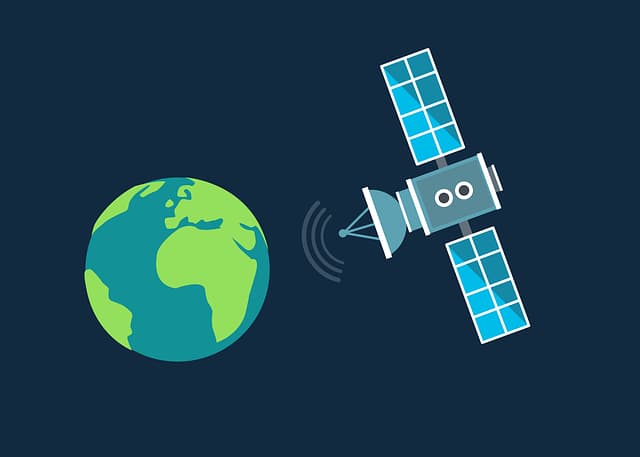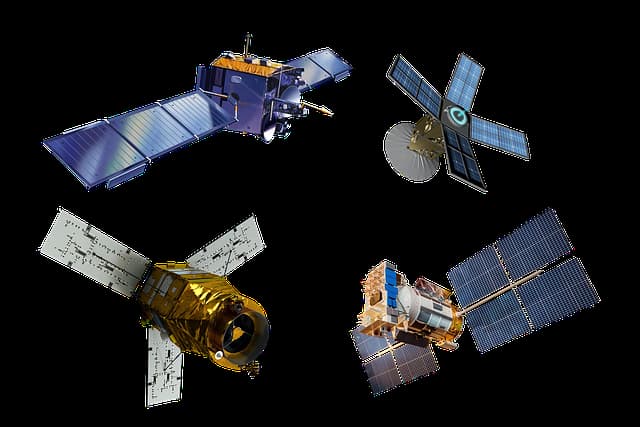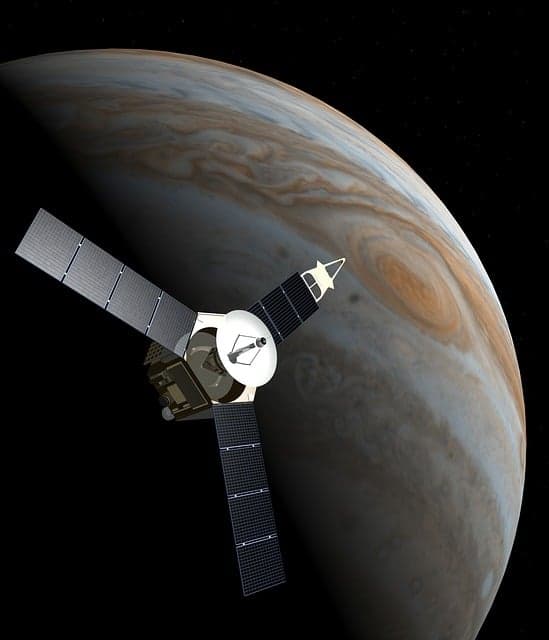In a world where the universe meets technology, a story remains untold. It’s a tale of telescopes that gaze into the furthest reaches of the universe and smartphones that bring galaxies to the palm of our hand. Welcome to the dance between astronomy and technology.
When the Stars Aligned: A Brief History
Long before modern technology, human beings gazed at the night sky in wonder. Ancient Greeks used naked eyes to identify constellations and track celestial events. However, the telescope invention in the 17th century marked a pivotal shift. Suddenly, distant stars, galaxies, and even planets became visible. Astronomy was no longer just about star observations but also scientific discoveries.
The Digital Revolution: A Cosmic Shift
Enter the 20th century, and the world witnessed a technological explosion. Computers, the internet, and eventually smartphones have dramatically altered our lives. Interestingly, technological advances have also reshaped astronomy. Digital cameras have replaced photographic plates, allowing astronomers to capture images of celestial bodies with unprecedented clarity.
Moreover, smartphone apps today can help anyone, even those without a telescope, understand and navigate the night sky. Star mapping apps, augmented reality sky guides, and even notifications about upcoming astronomical events have made the universe more accessible than ever.
Tech Giants and the Final Frontier
Tech industry giants aren’t limiting their innovations to Earth. SpaceX, Blue Origin, and other startups are venturing into space, promising a future of commercial space travel and colonization. These endeavors highlight the synergy between astronomy’s aspirations and technology’s capabilities.
Big Data and the Bigger Universe
One might wonder, how does technology further deep space exploration? The answer lies in data. Modern telescopes generate vast amounts of data every second. Parsing through this cosmic dataset requires advanced algorithms, AI, and supercomputers. Technology isn’t just aiding in visualizing space; it’s helping us understand and decode the mysteries of the universe.
A Glimpse into the Future
Imagine a world where your smartphone syncs with your personal telescope, automatically pointing it at a celestial event you shouldn’t miss. Or perhaps virtual reality that simulates a walk on Mars or a flyby of Saturn’s rings.
As technology evolves, its dance with astronomy will only get more intricate and beautiful. The lines between these two fields are blurring, making it an exciting era for stargazers and tech enthusiasts alike.
The Astronomical Potential of Quantum Computing
One of the latest technological marvels, quantum computing, holds unparalleled promise for astronomy. By leveraging quantum mechanics principles, these computers can process vast amounts of data at speeds unimaginable with classical computers. Imagine decoding black hole mysteries, understanding the true nature of dark matter, or even predicting cosmic phenomena with high precision. This is all thanks to quantum technology and astronomical research convergence.
Augmented Reality (AR) and the Stars Above
AR is not just for gaming or shopping experiences; it’s paving the way for immersive astronomical learning. With AR glasses or even through your smartphone, you could soon walk through a real-time, 3D simulation of our solar system, delve into supernovae, or witness star birth. Schools and institutions can use this to make astronomy more interactive and engaging for learners of all ages.
Space Internet and the Cosmic Connectivity
Companies like Starlink (by SpaceX) are pushing the boundaries by aiming to provide global internet coverage through satellite constellations. This not only promises high-speed internet for remote regions on Earth but also holds the potential for establishing connectivity for future space missions, lunar bases, or even Mars colonies. The idea of streaming your favorite show while on Mars doesn’t seem so far-fetched!
Citizen Science: Empowering the Masses
Technology has democratized astronomy like never before. Platforms that harness collective observation and analysis allow enthusiasts to contribute to genuine research projects. From identifying exoplanets to tracking asteroids, citizen scientists equipped with modern tech tools play an instrumental role in expanding our cosmic knowledge.
Final Thoughts
As we soar into the future, astronomy and technology paint a future of endless possibilities. The universe, with its vast expanse and mysteries, beckons us, and technology crafts the wings we need to explore it.
In the dance of telescopes and smartphones, of stars and silicon, we find a rhythm that speaks of human curiosity, ingenuity, and the insatiable hunger to explore the unknown. It’s a reminder that when we harness our technological prowess to unravel the cosmos, the universe doesn’t seem so vast after all.
So here’s to the dance that never ends, the tango of the heavens and high-tech, and to the dreamers who make it all possible. In the symphony of astronomy and technology, we find our place among the stars.









